We may earn money or products from the companies mentioned in this post. This means if you click on the link and purchase the item, I will receive a small commission at no extra cost to you ... you're just helping re-supply our family's travel fund.
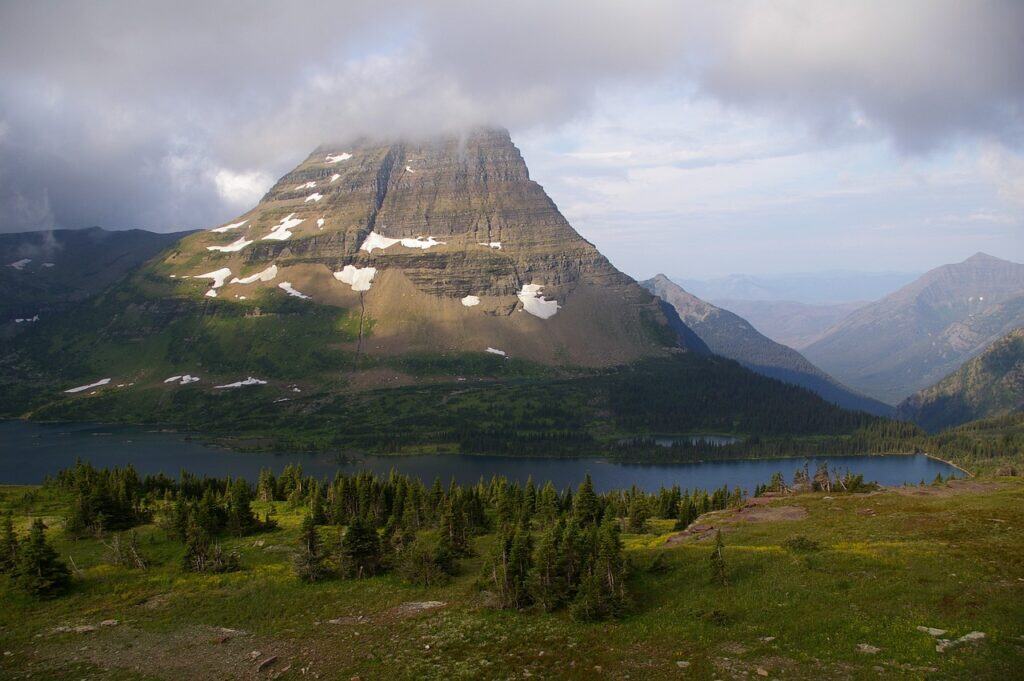
Rails still thread wild places to city stations, turning the approach into part of the story. These parks sit on working lines or beside heritage railroads that deliver travelers to depots, shuttles, and trailheads without the scramble for parking. The mood on arrival shifts fast: footsteps replace idling engines, and maps open without hurry. Conductors wave, weather sets the tempo, and the landscape gets the last word. What follows is a set of routes where the train makes practical and emotional sense.
Glacier National Park, Montana
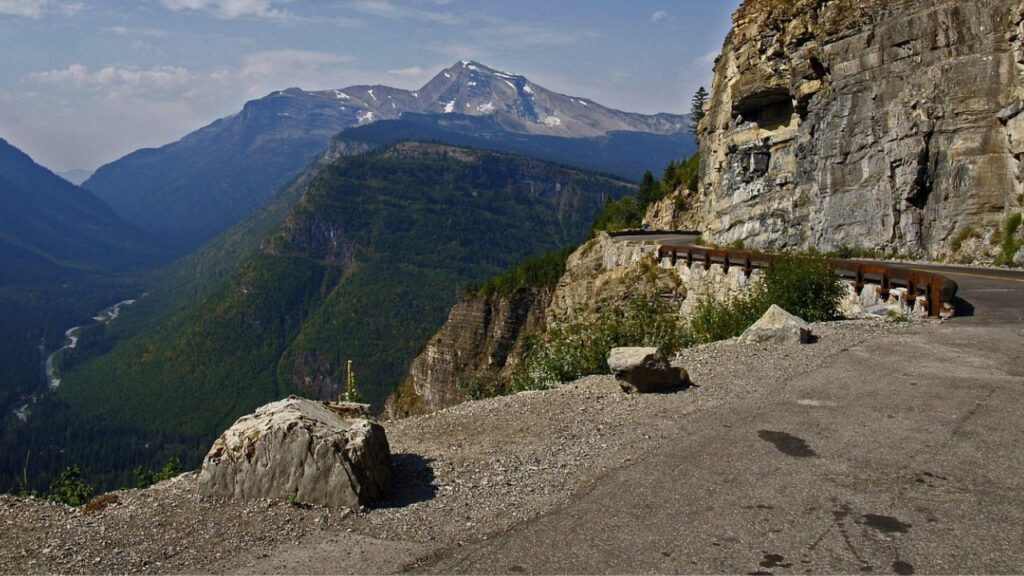
Amtrak’s Empire Builder drops passengers at West Glacier with cedar on the air and river light at the platform. Walk to the Apgar area, pick up the park shuttle, or linger by the Middle Fork before heading higher. Seasonal stops at East Glacier frame the range from both sides, echoing the railroad era that first opened this country to visitors. The timetable suits the landscape. Long distances fold neatly into a quiet arrival that feels earned rather than rushed.
Denali National Park, Alaska
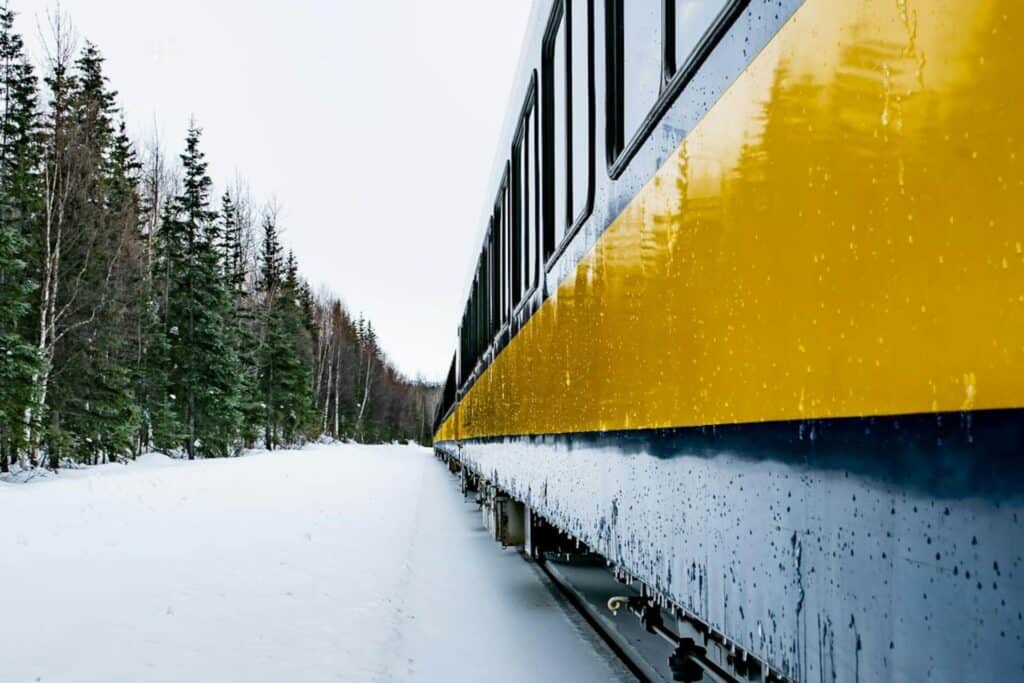
The Alaska Railroad’s Denali Star rolls straight into the park depot, a short walk from the visitor center and shuttle staging. The approach from Anchorage or Fairbanks opens the Railbelt slowly—braided rivers, taiga, and on clear days, a mountain that resets priorities. With private cars limited past Mile 15, rail feels like the default, not the detour. Bags hit gravel, plans get refined, and the day starts without a parking hunt. The platform hums with weather talk and intention.
Grand Canyon National Park, Arizona
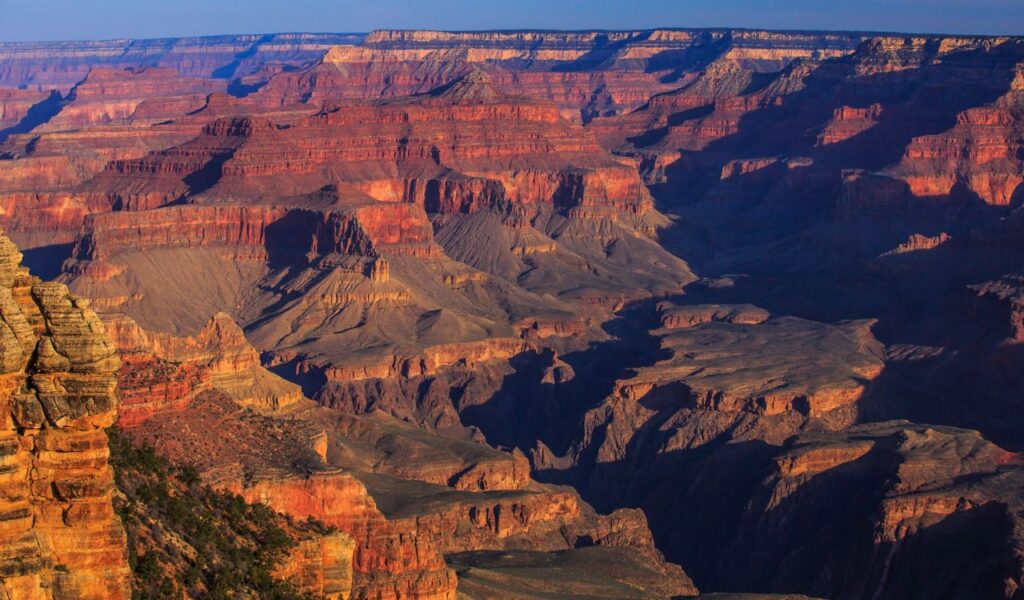
From Williams, the Grand Canyon Railway climbs through piñon and ponderosa, trading two easy hours for a South Rim arrival beside the historic depot. No stop-and-go, just changing light and the steady rhythm of steel. A short walk brings the first look into space and stone, and time stretches. Lunch, a rim trail stroll, a museum visit—the pieces fit without the car shuffle. The return ride gathers the day’s edges, sending them back down the line intact.
Indiana Dunes National Park, Indiana

Chicago’s South Shore Line turns a lakefront day into a tidy rail trip. Dune Park and Beverly Shores stations sit close to trails, beaches, and the visitor center, so plans can flex with wind and water conditions. Oak savanna and marram grass take over the soundtrack once doors slide open. It feels refreshingly ordinary—commuter cars doing national-park work—yet the access is elegant. Step off, walk a bit, and the lake fills the frame without a fight for a space.
Cuyahoga Valley National Park, Ohio

Here the railroad is part of the experience. The Cuyahoga Valley Scenic Railroad links towpath, farms, waterfalls, and small depots into a loop that can be walked, biked, and ridden in segments. Trains pause long enough to turn stops into chapters, not interruptions. Canal history shares the stage with maple woods and bird calls, and distances feel human. It reads like local transit for a green corridor, which is exactly what makes it work. The day edits itself as you go.
New River Gorge National Park & Preserve, West Virginia
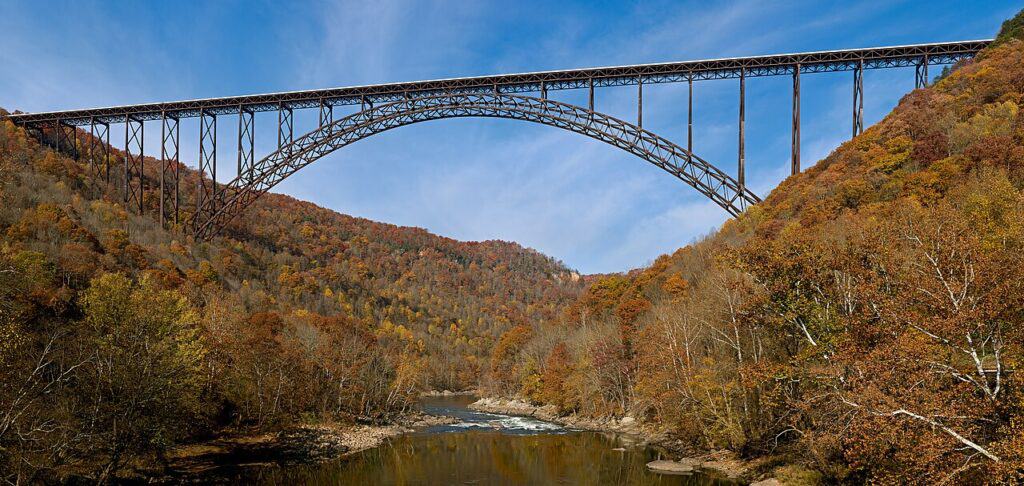
Amtrak’s Cardinal serves Prince and Thurmond, slim platforms pressed between cliff and river. The Art Deco depot at Prince still feels like a gateway; Thurmond’s near-ghost town holds its ground with rail and water for company. Climbers and boaters step aboard with grit on their sleeves, then glide past riffles and sandstone walls the road barely sees. The corridor narrows, the train fits, and the place makes sense from a window seat and a short walk.
Gateway Arch National Park, Missouri

Long-distance trains land at St. Louis Gateway Station, and MetroLink carries the rest of the approach in a smooth arc to the riverfront. The walk from Laclede’s Landing brings lawns, paths, and stainless steel lifting into sky. Urban national park does not need car drama; its scale is human, its sequence clean. Rail sets the tone—arrive unhurried, drift under the curve, let the Mississippi set the pace. The history of movement meets a monument to it.
Kenai Fjords National Park, Alaska
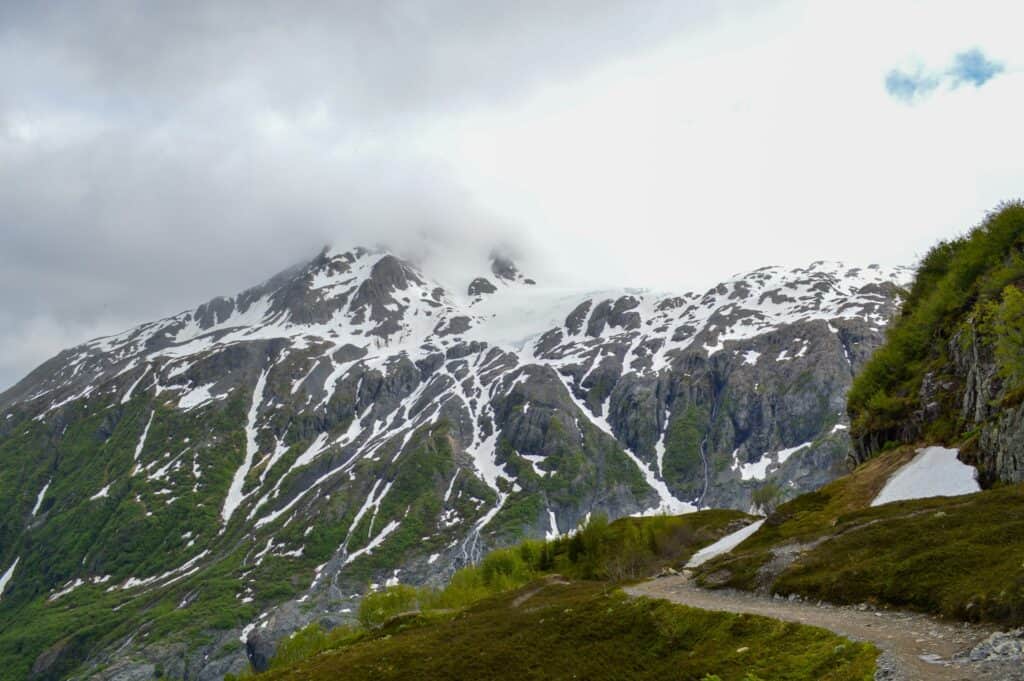
The Coastal Classic reaches Seward by late morning, close to harbor cruises and shuttles for Exit Glacier. Rails hand off to boats and buses without friction, which matches a park built of tidewater ice and steep green walls. Orcas, otters, puffins—wildlife shares the itinerary with weather, and the return train gathers everything into a single line back up Turnagain Arm. No freeway tangles, just a clean chain of rail, water, and trail that keeps attention on the coast.